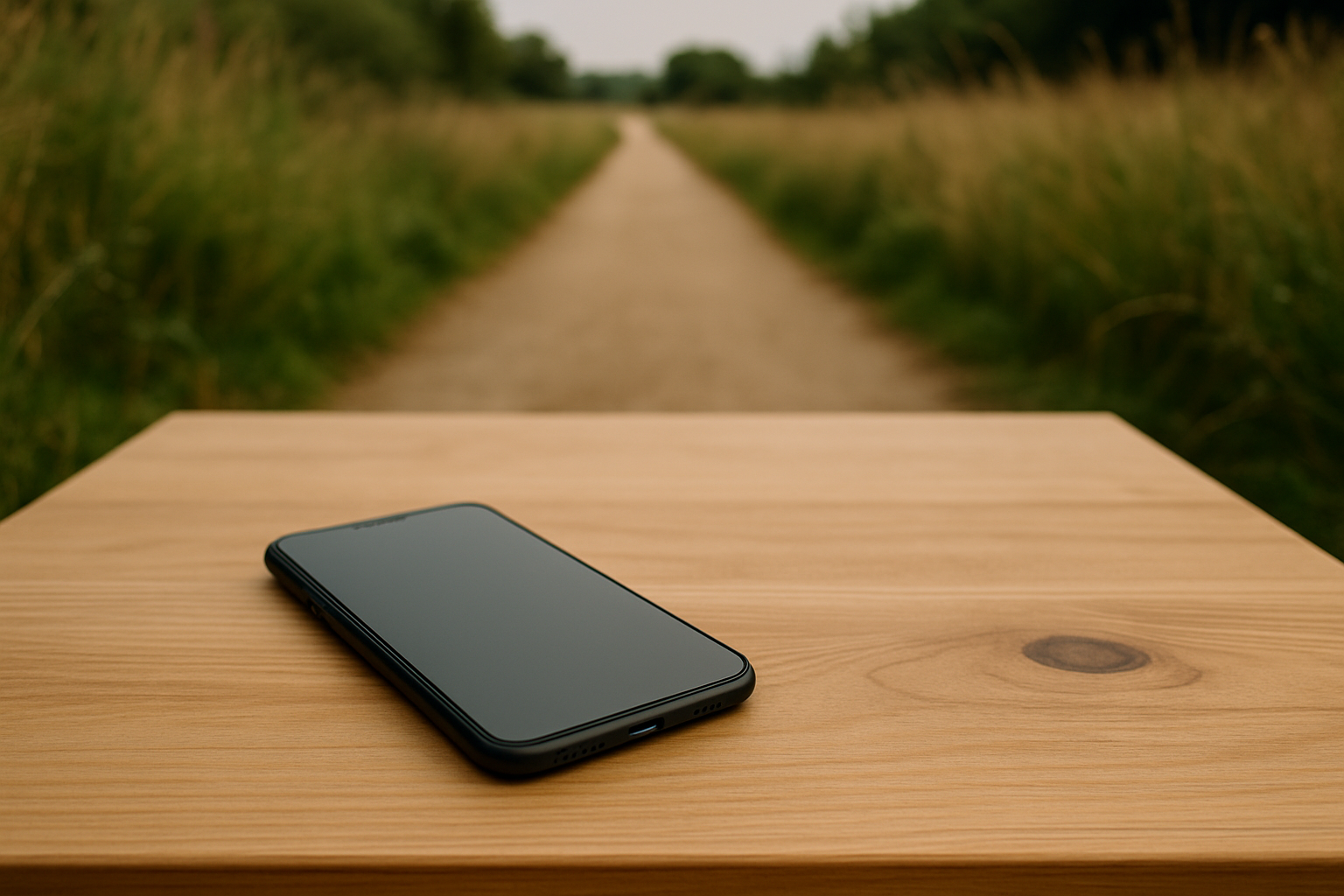In an era of constant pings and endless scrolling, it’s easy to feel overwhelmed by your device. If you’re ready to embrace digital minimalism and break free from phone addiction, a targeted social media detox can help you reduce screen time and restore mental clarity. This guide offers a straightforward, step‑by‑step approach to decluttering your digital life so you can reclaim your attention—and your sanity.
Why Digital Decluttering Matters
The Cost of Constant Connectivity
Smartphones offer convenience, but excessive use comes at a price. Studies link high screen time to increased stress, poor sleep, and diminished productivity. When notifications constantly interrupt your flow, phone addiction undermines focus and creativity, leaving you drained at the end of the day.
Benefits of Digital Minimalism
Adopting digital minimalism means deliberately choosing which apps and online habits serve your goals—and eliminating the rest. Benefits include:
- Improved concentration and deeper work sessions
- Better sleep quality by reducing nighttime blue light exposure
- Enhanced mental well‑being with fewer anxiety‑triggering notifications
- More real‑world connection and leisure time
Step 1: Audit Your Digital Habits
Identify Your Screen Time Patterns
Begin by using built‑in tools—like Screen Time on iOS or Digital Wellbeing on Android—to track your daily phone usage. Note which apps consume the most minutes and how many times you unlock your device each day.
Recognize Your Triggers
Pay attention to why you reach for your phone: boredom, habit, stress relief, or fear of missing out. Understanding these triggers is key to building healthier alternatives.
Step 2: Define Your Detox Goals
Set Clear, Measurable Targets
Decide what “success” looks like. Examples include:
- Limiting social media to 30 minutes per day
- Checking email only during two predefined time blocks
- Achieving no‑phone zones at home—no devices at the dinner table or in the bedroom
Choose a Detox Duration
Pick a realistic timeframe for your initial detox: 24 hours, a weekend, or one full week. Starting small increases your chances of sticking with the plan and building momentum for longer breaks in the future.
Step 3: Declutter Your Device
Uninstall Non‑Essential Apps
Go through your home screen and remove or hide apps that don’t align with your priorities—especially addictive social media or news apps. If you need them for work, move them to a secondary folder off your main screen.
Leverage Built‑In Restrictions
Use your phone’s settings to impose limits:
- App limits: Restrict time on specific apps to your chosen daily maximum.
- Downtime mode: Schedule “Do Not Disturb” hours—such as evenings or early mornings—to block all notifications.
- Grayscale display: Switch your screen to black and white to make apps less enticing.
Step 4: Replace with Meaningful Activities
Create a List of Phone‑Free Alternatives
Prepare a “phone detox toolkit” with go‑to activities to fill the time you’d normally spend browsing:
- Reading a physical book or magazine
- Going for a walk or brief exercise break
- Journaling or sketching
- Calling or visiting a friend
- Practicing meditation or deep breathing
Designate Tech‑Free Zones
Identify areas where you won’t bring your phone—bedroom, dining room, or home office. Having physical boundaries reinforces your commitment to reduce screen time and fosters deeper engagement with offline activities.
Step 5: Build Sustainable Habits
Gradual Reintroduction
After your detox period, reintroduce apps selectively. Ask yourself: “Does this app support my goals?” If not, keep it off your home screen or set permanent daily limits.
Establish Evening Wind‑Down Rituals
Replace bedtime scrolling with a consistent ritual—reading, gentle stretching, or a short gratitude practice. Turning off your phone at least one hour before sleep improves rest and reduces nighttime anxiety.
Accountability and Reflection
Share your detox experience with a friend or partner who can encourage you. Keep a brief log of daily screen time and note how your mood, focus, and relationships improve. Regular reflection helps you stay mindful of your progress.
Conclusion
By following this simple digital declutter plan—auditing habits, setting clear goals, cleaning up your device, replacing screen time with meaningful activities, and building sustainable routines—you’ll break the cycle of phone addiction and embrace social media detox as part of a broader digital minimalism lifestyle. Reducing your screen time doesn’t mean abandoning technology; it means using it intentionally so you can reclaim your focus, creativity, and peace of mind.

Leave a Reply